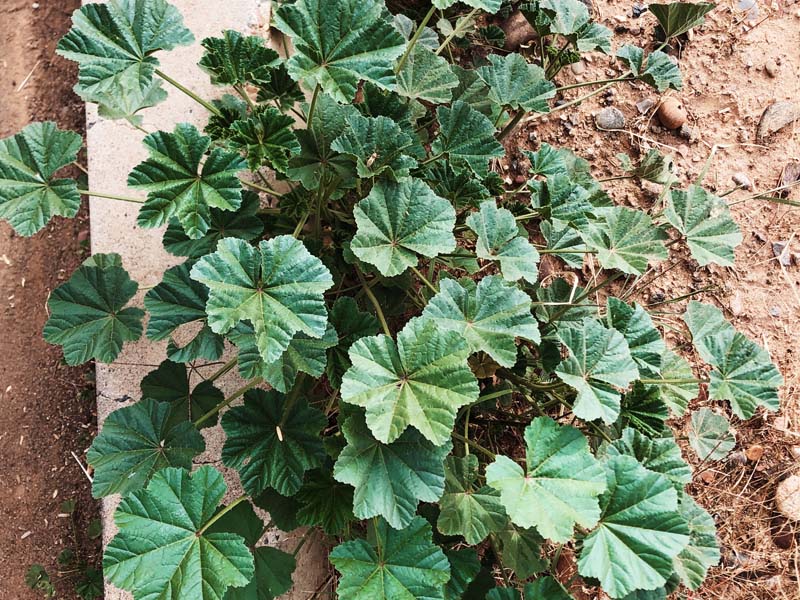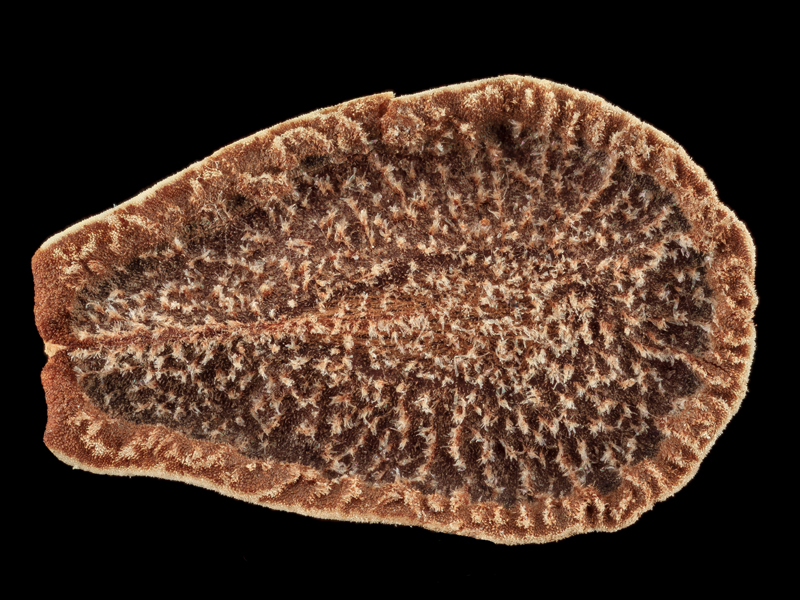
Month: January 2021

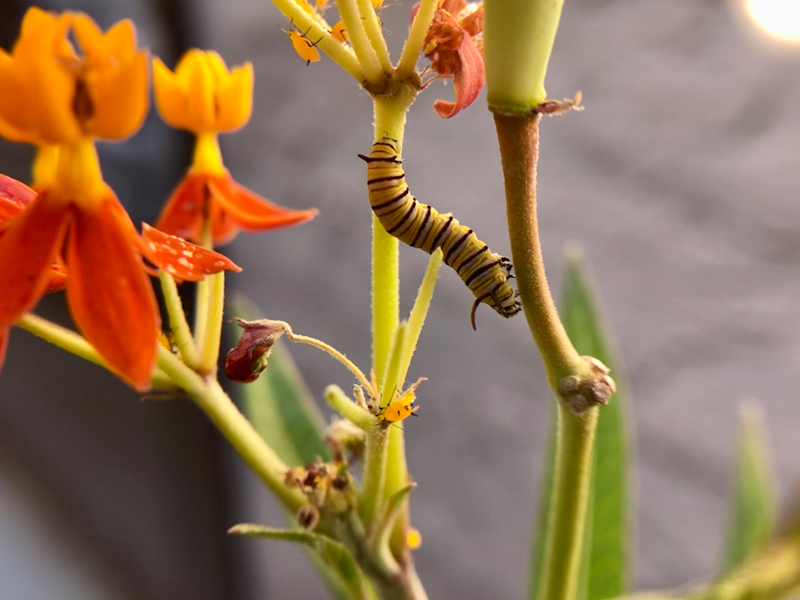
February Ecoflora Challenge | Monarchs, Milkweed and Mystery
Join the February EcoQuest: Monarchs, Milkweeds and Mystery Find and map as many monarch butterflies (Danaus plexippus) and milkweed plants (Asclepias spp.) as possible. Monarch butterflies are in severe decline, with numbers from 2020 showing the lowest ever...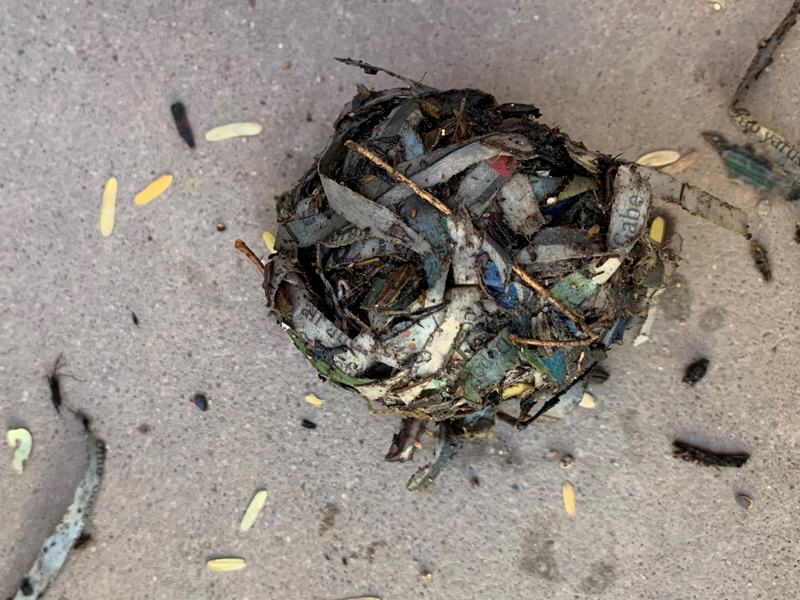
Activity | Seed Ball
Did you say seed ball? Spring is a perfect time to start or replant a garden. Gardening in the desert can be tricky and it is important to understand the best strategy for a successful garden. Indigenous people have created expansive gardens throughout the Sonoran...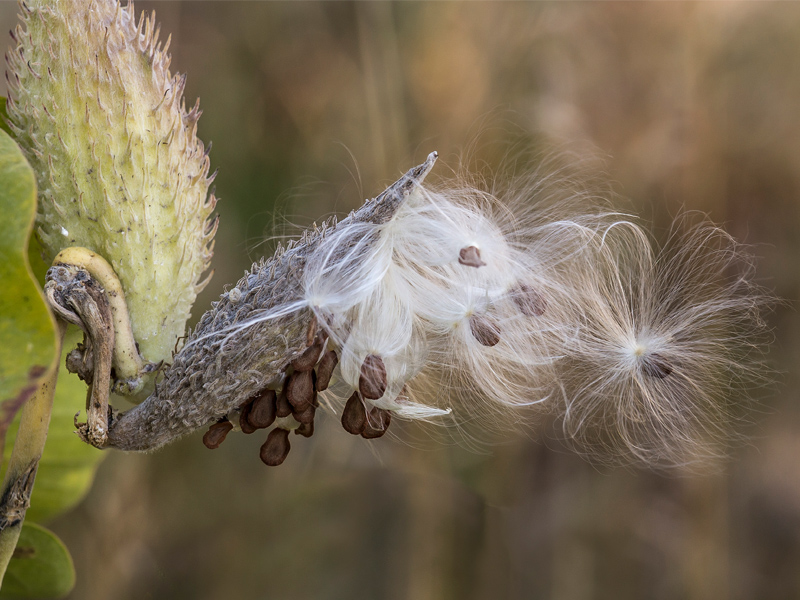
Activity | Dust storms, tumbleweeds and traveling seeds!
Windy days are part of the seasonal experience living in the Sonoran Desert. Dust storms commonly referred to as haboobs, form when a large mass of cold, unstable air moves swiftly across dry ground covered with loose silt and fine sand. These dust storms can be about...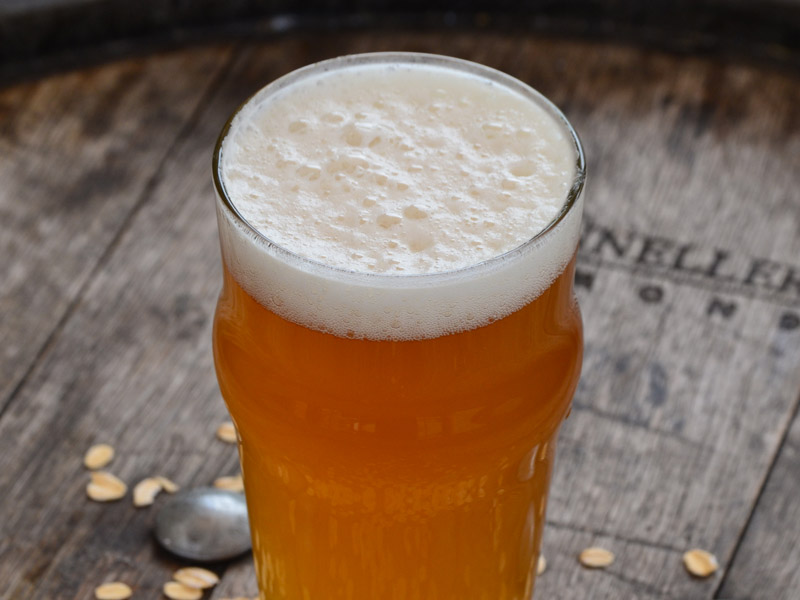
A Batch Made in Heaven
A Batch Made in Heaven This article first ran in Sonoran Quarterly in 2019. Take a look back at our first beer collaboration. One look at the Arizona’s rolling desert terrain is all it takes to fall in love with its natural beauty. That is all it took to inspire...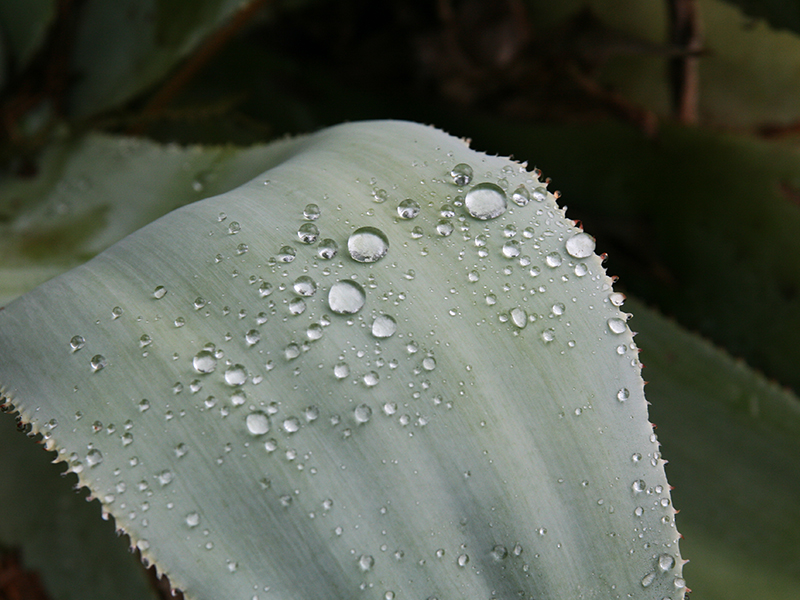
Plant responses to heat stress
Water loss in plants has commonly been considered only as a cost of photosynthetic carbon gain. However, plants may use water in ways that may not necessarily optimize instantaneous carbon gain, but instead as a strategy for leaf evaporative cooling. The DPEL and...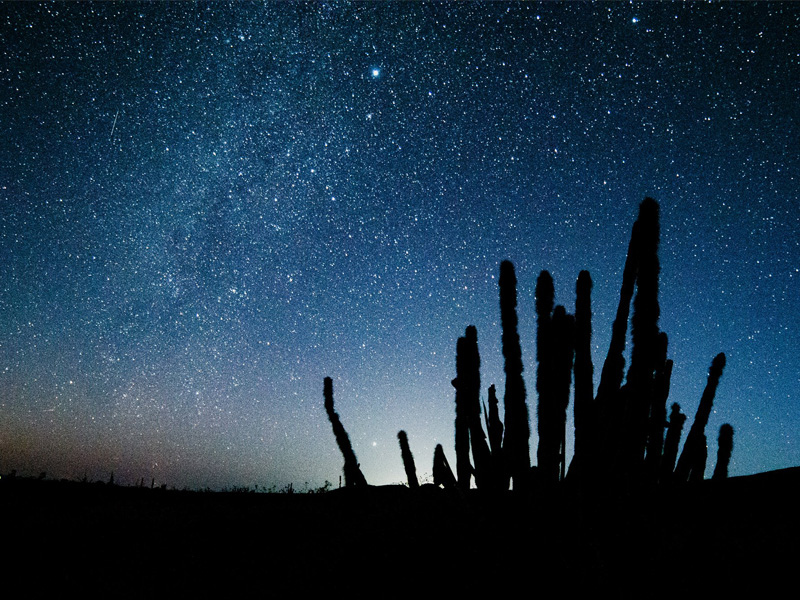
The distinctive form and function of giant cactus
Giant cactus are among the most charismatic and iconic plant life forms on the planet, but many giant cactus species are threatened by the effects of climate change. At the Dryland Plant Ecophysiology Lab (DPEL) the staff studies the distinctive physiological features...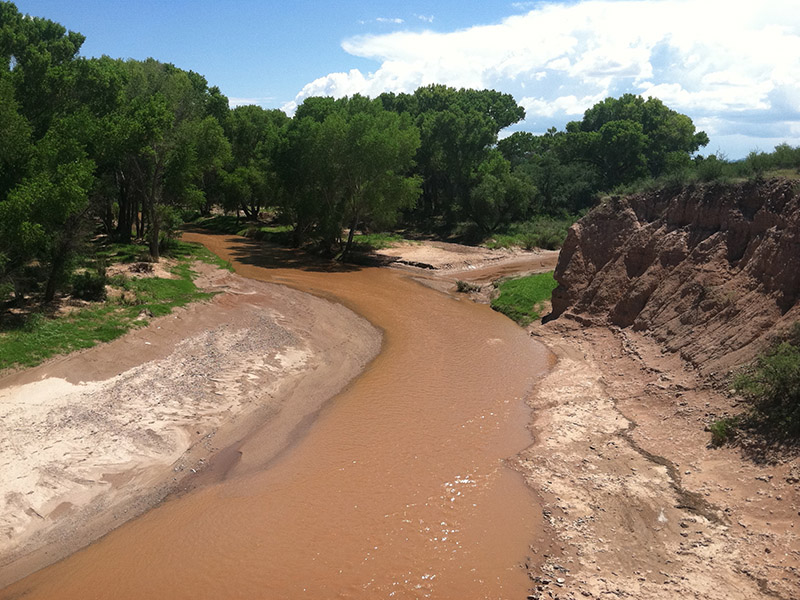
Tree ecophysiology in dryland riparian ecosystems
Riparian forests are among the most threatened in North America as a consequence of altered hydrological conditions, invasive species and climate change. The Dryland Plant Ecophysiology Lab seeks to identify tree ecophysiological traits that underlie adaptation to...
Martin Luther King, Jr., An American Hero
Beloved American civil rights leader Martin Luther King, Jr. would have been 92 year old today, Jan. 15. The nation will officially celebrate the legacy of his brave leadership in the civil rights and social justice movements on Monday, Jan. 18. Dr. King taught us...